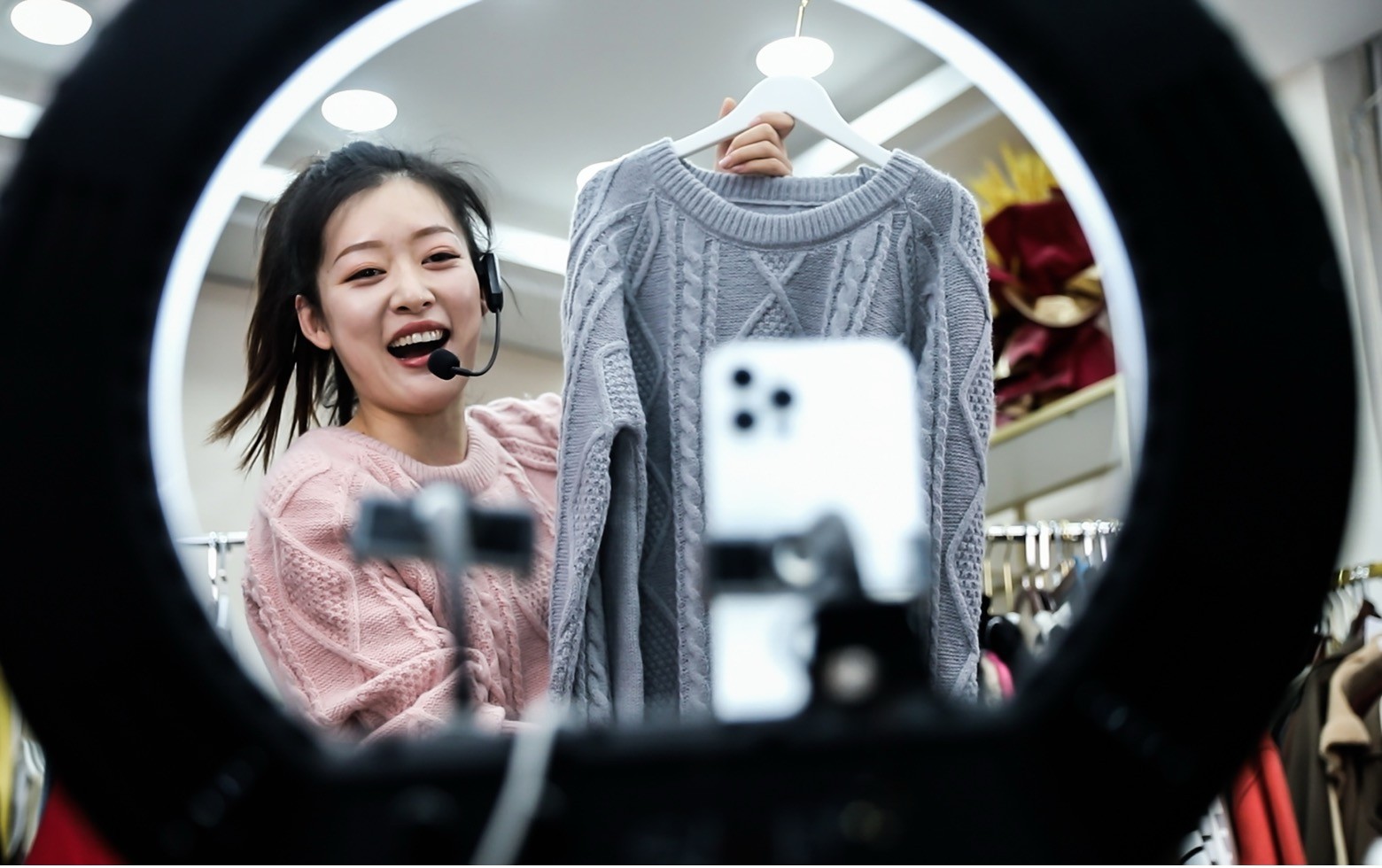Luxury’s Big Mood in 2025: From China’s Cooldown to a New Global Glow-Up
Remember When Luxury Could Do No Wrong? Yeah, About That.
The era of endless champagne, marble flagship stores, and 30 % YoY growth in China is officially over. The Q3 2025 earnings season just dropped, and it’s giving post-hype renaissance energy.
After nearly five years of turbulence, the luxury industry is no longer sprinting for market share. It’s detoxing. Recalibrating. Going from “more stores, more influencers” to “fewer, smarter, deeper.”
Welcome to the refinement age.
The “New Normal” Is Finally Real (And It’s Got Receipts)
The term new normal has been floating around boardrooms for years, but now it’s backed by hard numbers and even harder lessons. The big players are all trying to prove they can grow up gracefully in a market that’s done being easy.
Let’s unpack the receipts:
Kering Group, the Gucci parent, is finally showing signs of stabilization after a messy year. Gucci’s Q3 sales fell only 14 %, which, in this economy, counts as a small win. Analysts were bracing for a 15–16 % drop, and the previous quarter’s –25 % nosedive looks like ancient history.
LVMH, the luxury Goliath, just logged its first organic growth of 2025. Revenue hit €18.3 billion - up 1 %. Not fireworks, but considering the slowdown, it’s basically a mic drop. Its Fashion & Leather Goods division (read: Louis Vuitton, Dior) shrank 2 %, way better than the –4 % everyone expected.
Hermès, the industry’s straight-A student, flexed yet again: Q3 sales up 9.6 % at constant rates, with ready-to-wear rising 6.6 %. Balanced growth across menswear and womenswear. Still no drama. Still no discount bin.
Over at Zegna Group, recovery mode is in full swing. The Zegna brand itself grew 3.6 % to €819.8 million. Thom Browne had a rough –17.8 %, but Tom Ford Fashion climbed 3.9 % to €218.7 million - small, steady, strategic.
And then there’s Prada Group, which quietly turned discipline into dominance. CEO Andrea Guerra said it best:
“We have adapted to the new normal, and our investments in organization, processes, and retail are beginning to pay off.”
He’s not kidding. Prada’s group revenue grew 6 % over nine months, and Miu Miu went absolutely viral + commercial = a 41 % surge. From runway darling to revenue queen.
China’s Great Slowdown: The Plot Twist No One Can Ignore
Here’s the headline inside the headlines: the China factor that turbocharged engine behind two decades of luxury growth is finally downshifting.
The Chinese luxury market contracted 18–20 % in 2024. The middle-class boom that once powered the industry? It’s looking less boom and more plateau.
Meanwhile, over in the U.S., 69 % of middle-class households say their income can’t keep up with costs, and 71 % don’t believe they’ll save much this year. Translation: both of luxury’s traditional power bases are wobbling.
Ferragamo blamed weak Asia-Pacific foot traffic. Prada’s Guerra described China as “a plateau,” adding:
“The worst is behind us, but we won’t see the spectacular growth of the past decade return in the short term.”
Hermès CFO Eric du Halgouët echoed the caution, noting that China is readjusting as property markets and Hong Kong finance stabilize. His quiet warning? Don’t judge recovery by foot traffic alone. That metric belongs to the old luxury world.

But Wait. China’s Still in the Game (Just Playing Differently)
Don’t pack up the mahjong table yet. LVMH CFO Cécile Cabanis reported something surprisingly bright: Chinese tourist spending abroad is down, but Mainland China just posted mid-to-high single-digit growth in Q3.
That means Chinese consumers aren’t gone. They’re just shopping smarter. Domestic, local, nuanced. Less “global splurge,” more “considered indulgence.”
This is China 2.0: a vast, regionally diverse market where Shanghai doesn’t think like Chengdu, and Gen Z is rewriting what status looks like.
Enter: The New It Crowd - Emerging Markets Steal the Spotlight
As China cools, other regions are heating up faster than a new drop on Xiaohongshu.
Prada’s sales in the Middle East soared 18 %.
Japan stayed steady, fueled by tourism’s comeback.
SMCP Group (Sandro, Maje, Claudie Pierlot) went exploring, opening its first store in Georgia and moving into the Balkans and Egypt.
Zegna crushed it in the Americas, up 13 % organically.
These aren’t side markets anymore. They’re the new luxury playgrounds. The regional rebalancing game plan is clear: spread the risk, deepen the localization, and invest in storytelling that actually lands.
Because let’s face it… the “copy-paste global campaign” era is dead. The future belongs to markets where local cool meets global cachet.
The Bigger Picture: From the Super-Cycle to the Value Era
The super-cycle - the one where everyone’s yacht just kept getting bigger - is done. What comes next is way more interesting: the value cycle.
This new chapter is about:
Heritage × Innovation: keeping your house codes, but remixing them for 2025.
Scarcity × Accessibility: making luxury feel personal again, not algorithmic.
Global Vision × Local Insight: understanding the difference between Jakarta, Dubai, and Chengdu- and designing for it.
In short, the winners aren’t just selling products. They’re selling perspective.

TL;DR: Luxury’s Vibe Check
The Q3 2025 reports tell one story loud and clear: luxury’s maturing glow-up is officially here. The super-cycle may have ended, but a smarter, more intentional value era is underway.
The brands balancing boldness with restraint, heritage with experimentation, and global clout with local nuance - those are the ones setting the rules for the next decade.
Because the truth is, luxury never dies. It just changes taste. And in 2025, taste looks a lot less like excess and a lot more like evolution.


